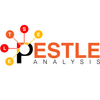Our PESTLE analysis examples help explain how the PESTLE factors (political, economic, social, technological, legal, environmental) affect businesses and industries.
Before discussing some PESTLE analysis examples in the next 6 minutes, let's remind ourselves that PESTLE analysis is an incredibly popular business analysis tool.
Not only is it extremely easy to use, but it's also very effective.
By doing so, you unlock a powerful understanding of how a given business is performing from every angle. Despite its apparent simplicity, many beginners struggle with conducting their own PESTLE analyses.
In this article, we want to eliminate any confusion surrounding this unique business analysis tool.
Today's PESTLE analysis examples will demonstrate how you, too, can use it.
What is PESTLE Analysis
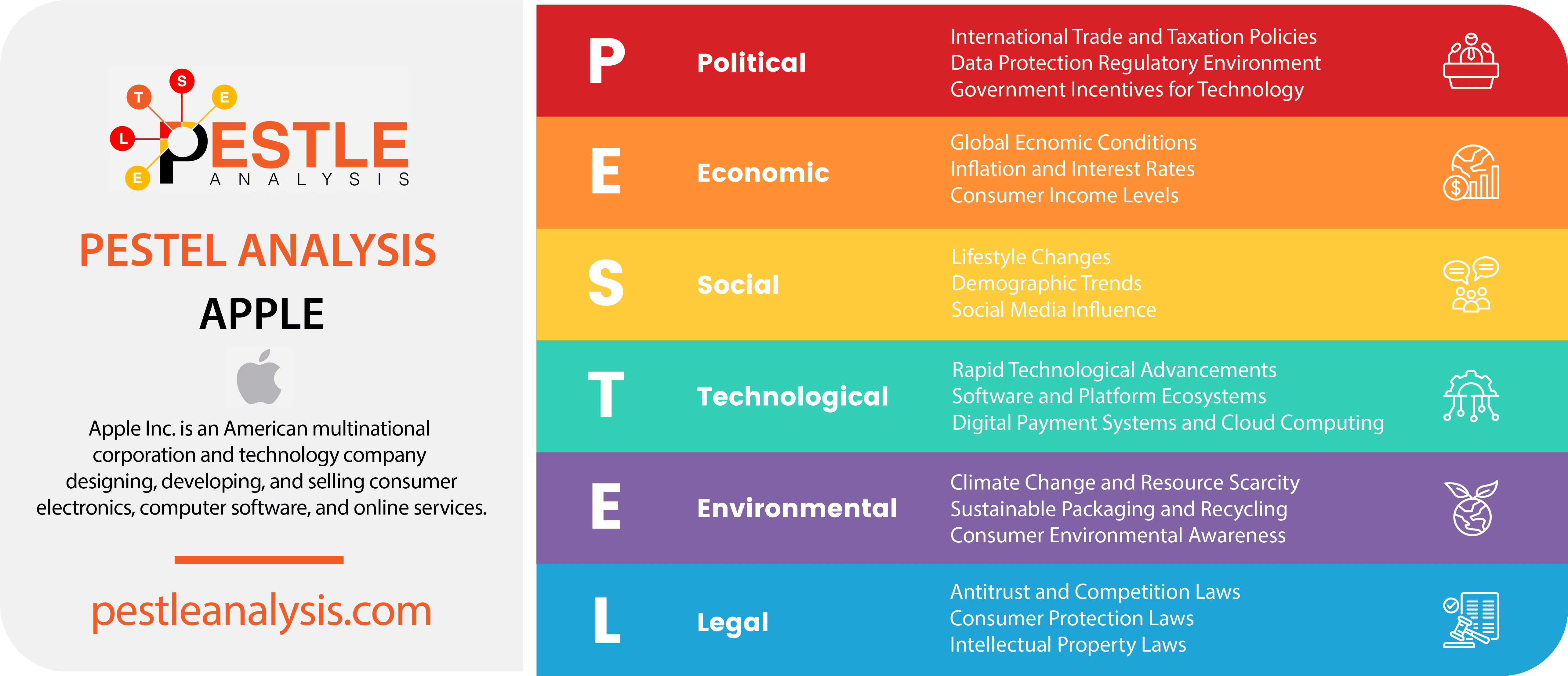
As touched on above, PESTLE analysis is a business framework that looks at things from six crucial viewpoints.
To conduct a PESTLE analysis, you find as much information as you can about the business, and separate it between the six categories.
The key to getting the PESTLE analysis template right is understanding what each category of PESTLE analysis factors stands for.
Remember, these are external factors that an organization has no control over. Find more about external factors here, as PESTLE is not the only type of analysis that relies on them (STEEP is another, for example)!
Now, let's examine some external forces examples for better comprehension.
Political factors
Every organization operates within some kind of political environment. The question is: how does that political environment affect the business itself?
In this category, you'll find information about everything from international relations (which can affect an organization's ability to do business across borders) to political instability (which can severely thwart an organization).
For a complete list of political factors affecting a business or organization, we have a complete guide here.
Economic factors
Similarly, every organization is exposed to the economies of the markets in which it operates. The beauty of PESTLE analysis is that you can consider factors as broad or as specific as you like.
For the economic factors affecting a business, you can discuss the international economy, national economies, or even regional economies.
For a complete list of economic factors affecting a business or organization, click here.
Social factors
An important part of any business is the consumer. The sociocultural column of PESTLE analysis allows you to explore how trends in society and culture — which are ultimately trends in the consumer — affect a business.
For example, if a business sells just one specific product, how is the consumer approach to that product changing?
For a complete list of social factors affecting a business or organization, check out this article.
Technological factors
Businesses are becoming increasingly technological, hence the importance of the T in the PESTLE analysis template.
This is your chance to explore any of the technological factors affecting a business, including both technological constraints and advancements. This may refer to access to technology within a given region or the development of new technologies within an industry.
But there are a lot more in technological factors, as we have seen here.
Legal factors
If you're familiar with PEST analysis, you might have noticed that PESTLE analysis is the same thing — just with an added L and E. Of course, the L in PESTLE analysis refers to legal factors.
Often, these legal factors have some overlap with political factors — but not always. Examples of topics that might be discussed in this category include trade laws, labor laws, and intellectual property laws, and how each affects a business.
Here is a complete list of legal factors.
Environmental factors
A category of growing importance is the environmental one.
Many businesses, especially those in primary industry, have some kind of impact on the environment. This part of PESTLE analysis is about knowing what that impact is, what effects that might have, and how businesses can improve in this department.
Here is a more detailed explanation and a breakdown of environmental factors.
Simply put, PESTLE analysis is about filling out a brief profile about an organization for each of these categories. As long as you know what to put in each category (which we hope we explained well enough above), then it's just a question of sourcing your data.
For more information about that, we highly recommend our step-by-step guide on how to do a PESTLE analysis.
PESTLE Analysis Examples: Country, Business, Industry
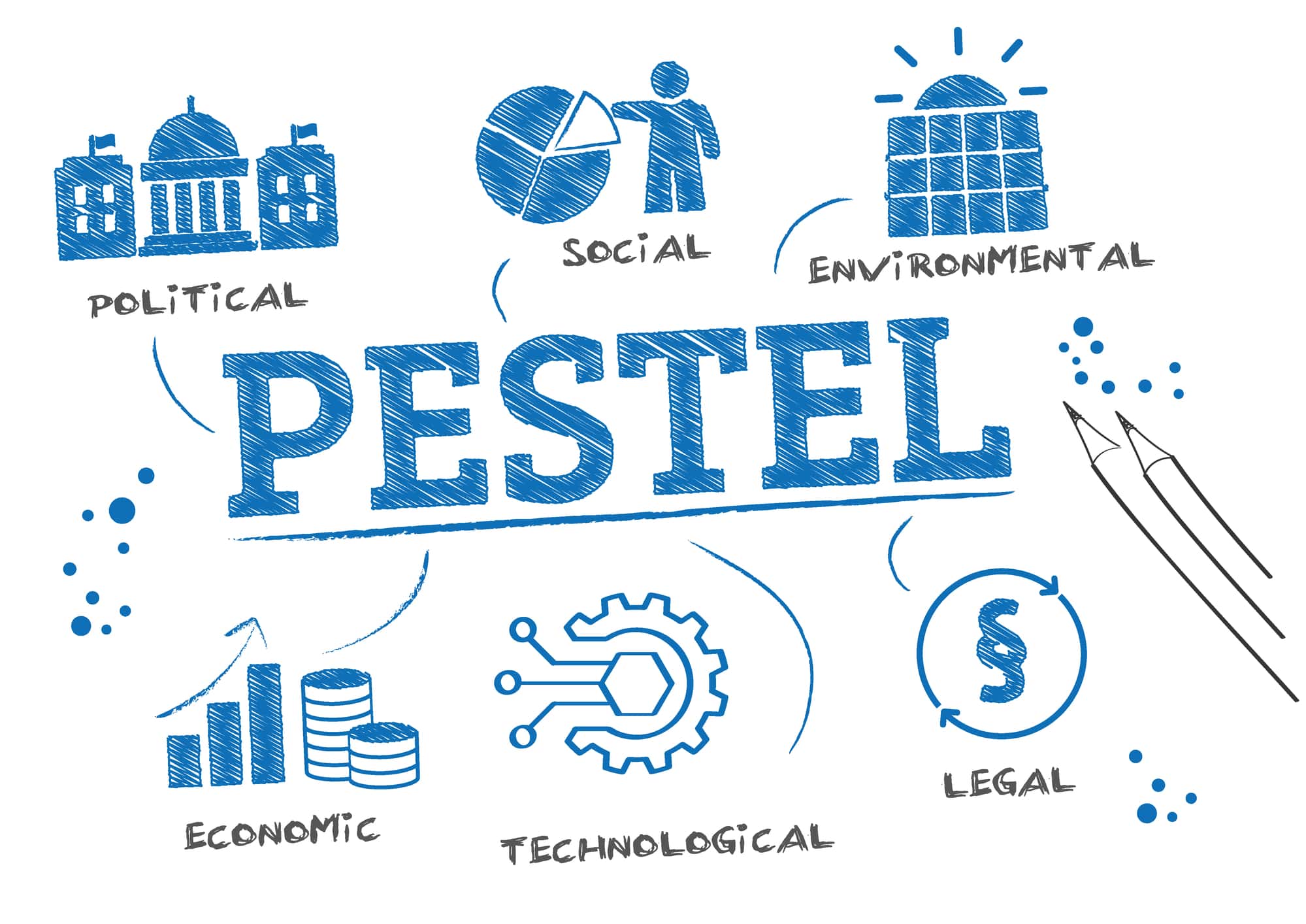
If you're new to PESTLE analysis, some examples are probably what you want to see most. In this section, we'll introduce you to some PESTLE analysis examples of both countries and businesses.
PESTLE Analysis Examples of a Country
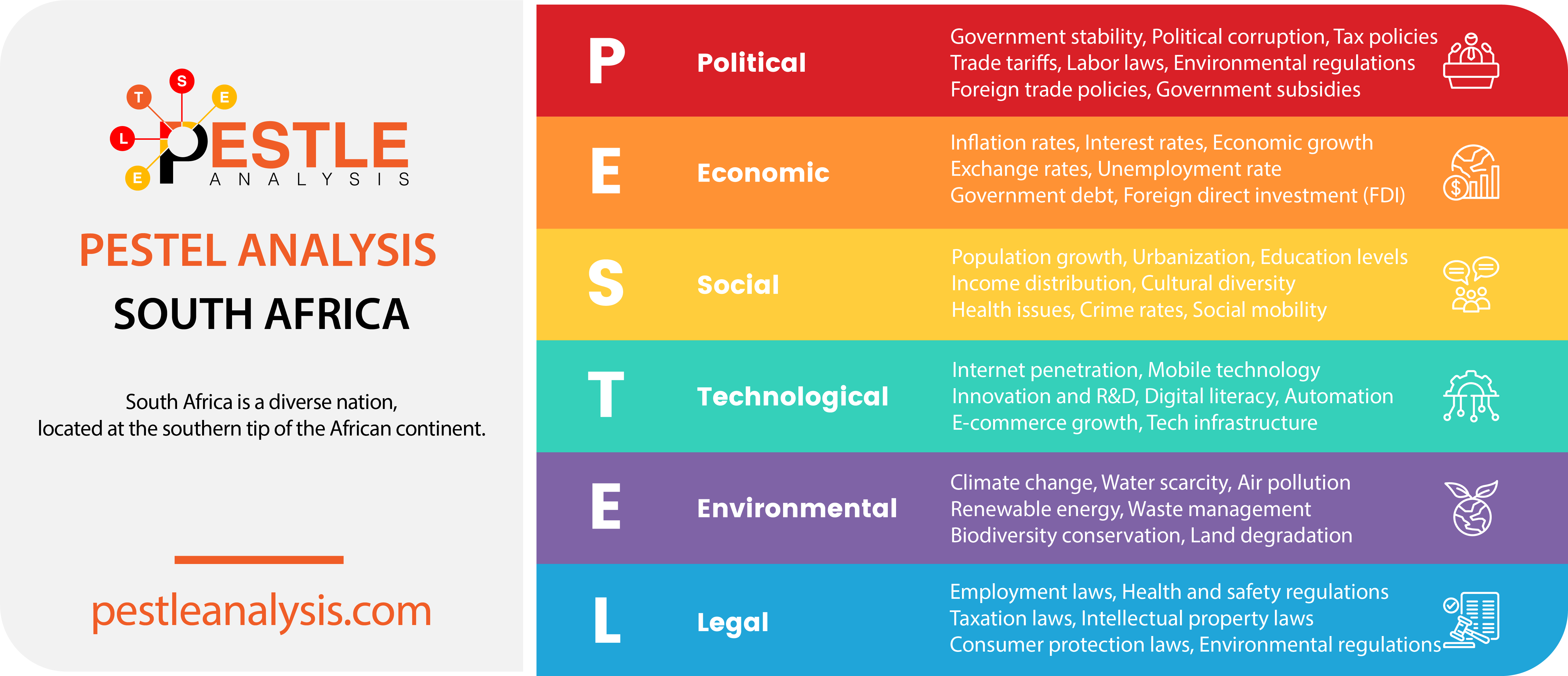
Unlike other business analysis tools, PESTLE analysis works just as well for countries as it does businesses. That's right: you can analyze the standings of an entire country with the PESTLE model!
When referring to countries, here's what PESTLE analysis often looks like:
- Political: What are the country's political relations like with others?
- Economic: How is the country's economy doing?
- Sociocultural: What impactful societal and cultural customs does the country have?
- Technological: How is the country with regard to adoption and development of tech?
- Legal: What is the legal landscape like in the country?
- Environmental: What is the country's impact on the environment?
Here are four PESTLE Analysis examples of countries that you can find on our blog. We purposefully picked three completely different countries to give you an idea of how the results differ:
Between those three PESTLE Analysis examples, you should get a pretty clear idea of what PESTLE analysis of a country should include exactly.
PESTLE Analysis Examples of a Business

Aside from analyzing countries, you can, of course, analyze businesses with the PESTLE analysis framework. Earlier in this post, we detailed how you can interpret each of the six categories of the acronym. If you follow the advice given up there, you shouldn't have any trouble with knowing what to include!
Here are three PESTLE analysis examples of businesses which you can find on our blog:
If you read through those three PESTLE analysis examples, we guarantee you'll be ready to create your own!
PESTLE Analysis Examples of an Industry
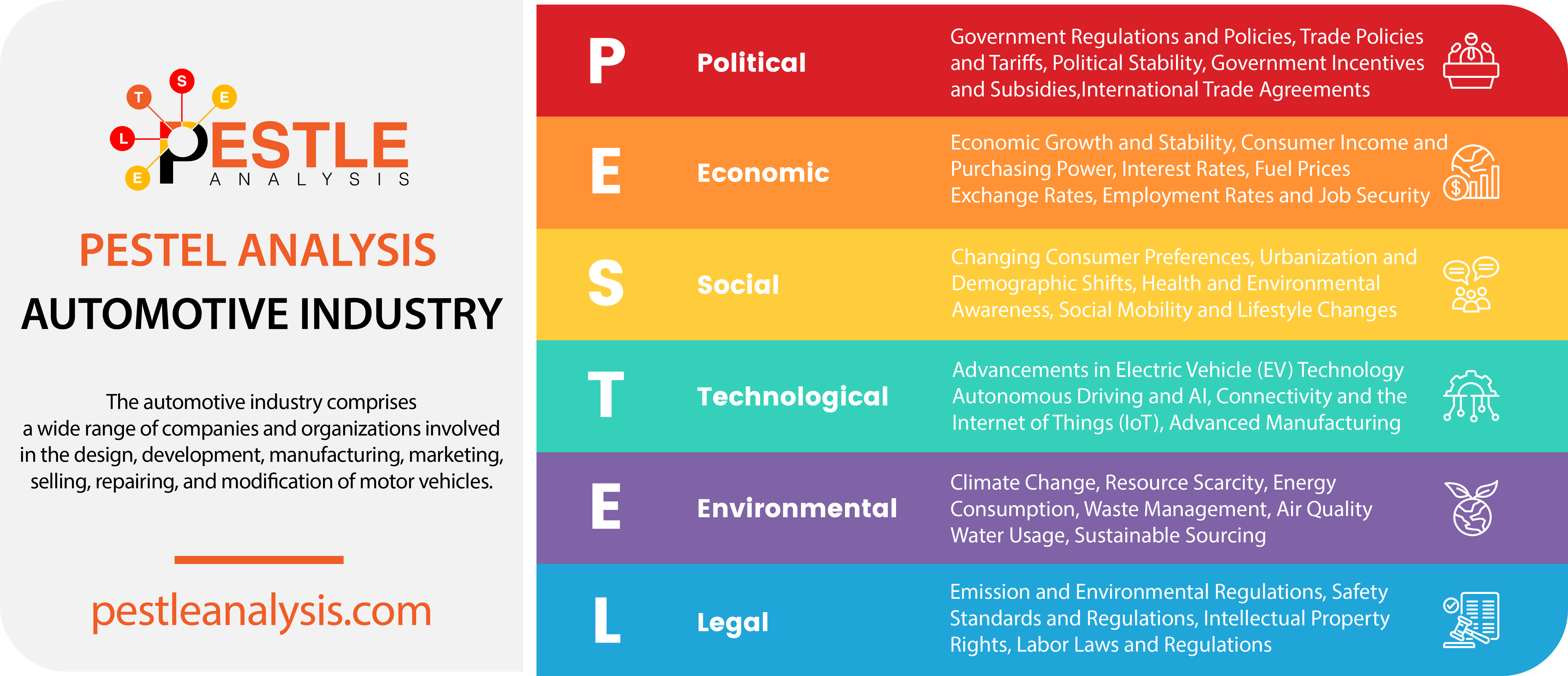
Apart from businesses, organizations and countries, PESTLE analysis and other business frameworks can be used on whole industries. We can do a PEST or a STEEPLE analysis for example, on industries to assess the external factors that influence all the companies that are doing business in that niche.
Here are some PESTLE analysis examples on individual industries:
- PESTLE analysis of the Food industry
- PESTLE Analysis of the Real Estate Industry
- PESTLE Analysis of the Logistics Industry
- PESTLE Analysis of the Agriculture Industry
- PESTLE Analysis of the Automotive Industry
- PEST analysis of the Healthcare industry
- PEST analysis of the Airline industry
More PESTLE Analysis Examples
If you're looking for more great examples of PESTLE analysis, we highly recommend you take a look around our website here at PESTLEanalysis.com.
You can try searching for "PESTLE", a specific company, or "industry" on the top right, and look around the blog yourself for a complete selection of business analysis information, including PESTLE and many other techniques.
As you can see, PESTLE analysis is a pretty simple business analysis tool.
You simply gather up as much information as you can about a business or country, and then spread it across the six PESTLE categories: Political, Economic, Sociocultural, Technological, Legal, and Environmental. You now know how to to a PESTLE Analysis by yourself.
We hope you found our PESTLE analysis examples helpful. Usually, PESTLE analysis goes hand-in-hand with SWOT analysis, and together, they can be part of a bigger industry analysis, so make sure not to miss those out!


